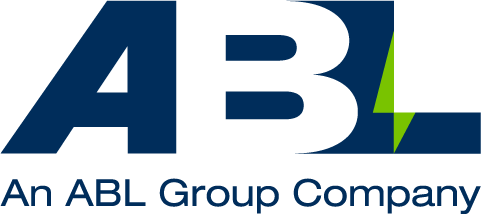Conflict Checking Public Statement
Circumstances may arise whereby the interests of a client conflict with the interests of another client. At ABL, our overriding value is Quaerite vera – to seek the truth – and this is at the heart of all services that we offer our clients and how we conduct our business.
Maintaining integrity, exercising professionalism, and discretion are the foundation of our ability to demonstrate good governance and risk management over situations of potential conflict. Situations may arise during our business when ABL is appointed to a pre-casualty assignment or a casualty, loss or dispute.
ABL has internal policies and processes in place to manage such situations, and we are committed to the fair treatment of all our clients.
Our priority is to respond to each pre-casualty assignment, casualty, loss or dispute and execute the instruction in a way that does not pose an actual conflict of interest for the client. ABL has robust IT/IS and management procedures in place to conduct instructions within a “firewall” or “ethical wall” reinforced with separate IT/IS systems, legal entities and management structures, locations and confidentiality clauses in staff employment contracts.
A conflict check must be carried out in all cases where ABL is appointed to a casualty, loss or dispute. This includes cases relating to local survey instructions, despite a potentially low probability of a conflict existing outside the region. Post casualty and expert witness work and consultancy carried out on casualty, or pre casualty that may result in an insurance claim will be advised as a potential conflict to a client.
Some instructions demand immediate mobilisation; however, we have a parallel system that triggers the check while instantaneously attending the site on behalf of the client.
Clients will be informed expeditiously of the potential conflict of interest and how ABL can address this potential conflict, and seek the client’s instruction on how they would like us to proceed. In all cases, ABL will be transparent and open in our approach to clients.
Our conflict check procedure is enshrined in our group quality management system and is audited by LR annually as part of our ISO 9001:2018 certificate. We use a robust IT-based workflow system that records the instruction and communicates to conflict checking staff.
Pre-existing conflicts post LOC acquisition
While the above approach addresses new instructions, there is the scenario that either AqualisBraemar or LOC may be acting on opposing sides of an ongoing legal or other conflict.
As part of the integration, we are conducting a thorough check on potential conflicts that have arisen due to the merger of AqualisBraemar and LOC.
The overriding factor, which governs the decision to continue or cease acting in any instruction, is the best interest of the client. Should we continue acting for one or both of the parties despite the potential conflict, we will establish a “firewall” or “ethical wall” as a means of dealing with the potential conflict. This ensures that information which is confidential to one client is not disclosed to another. In doing so, we are able to continue servicing each client’s interests with the same degree of impartiality as would have been the case prior to the merger of AqualisBraemar and LOC.
Additionally, the “firewall” or “ethical wall” will necessitate that different staff members represent the two client parties. So far as is practicable these will be the same as have been involved with each client to date. All ABL staff involved in the matter will respect complete confidentiality concerning the matter, over and above the normal duty of confidentiality owed to clients. Lastly, the personnel allocated to each client will, if possible, be in geographically separate ABL offices and use separate IT/IS systems. Alternatively, access to the case information will be securely limited to only the person in charge of the instruction.
